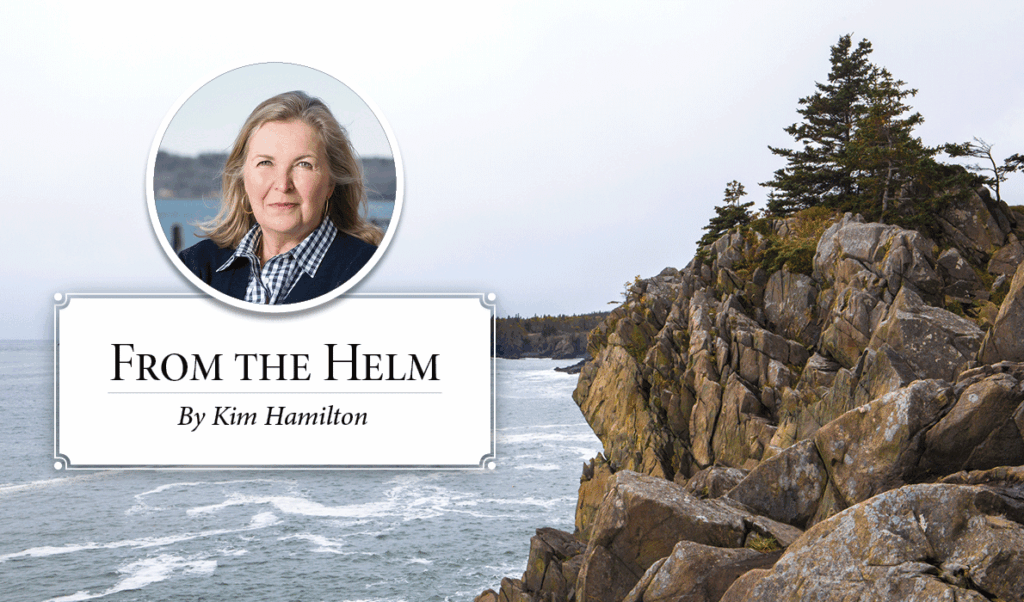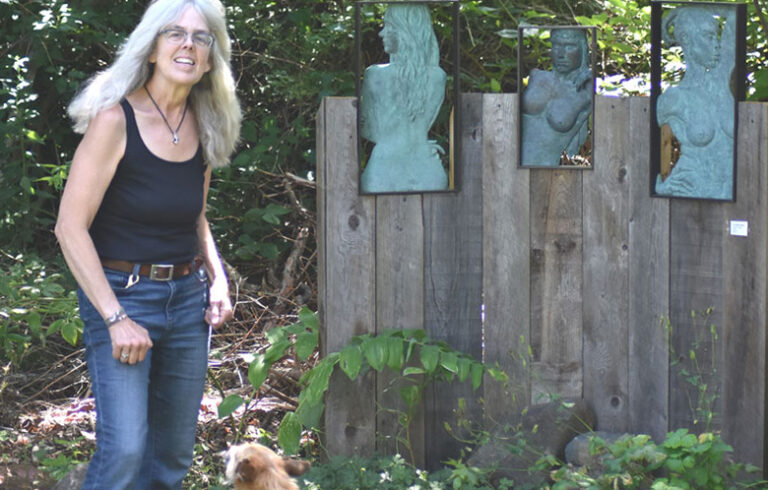If you’ve had the opportunity to fly in a four-seater Cessna from Owls Head to the island of Matinicus on Penobscot Island Air, like I did last month, you’ll know why it’s a trip worth taking.
On a clear day, Penobscot Bay stretches out in front of you with its magnificent array of islands and coastal communities on full display. Fifteen minutes after take-off, you’ll spot Matinicus and find yourself landing on an unpaved airstrip that seems impossibly short. It’s thrilling.
For the 50 or so people who call Matinicus home, however, and the even smaller number who spend all four seasons there, the airline is a lifeline. Matinicus, from the Abenaki word for “far out island,” is aptly named as it sits more than 20 miles off the coast and is the farthest year-round island on the East Coast.
Ferry disruptions, much like an impassable road on the mainland, sever lifelines.
Along with the Maine State Ferry Service, the airline is part of a complex puzzle that ensures communities like this—remote communities with a long marine history, deep family connections, and ardent seasonal residents—continue to thrive against odds that are increasingly weighted against them.
Every island is different, but together they are living examples of small communities doing big things in the face of extraordinary challenges. Those mounting challenges include:
Housing: “Housing” is shorthand for a panoply of issues related not only to affordability but also to quality, workforce housing, water quality, and more broadly, community planning. On Matinicus, like other communities, it is inexorably linked to the sustainability of its small school.
Sea level rise and coastal erosion: Few places along the coast were untouched by the January storms. The profound loss of cultural touchstones and homes combined with the daunting cost to rebuild higher and stronger is an especially heavy burden for Maine’s smallest communities.
On Matinicus, homes and waterfront businesses took a hit, which further exacerbated economic pressures there. Securing federal and state assistance is difficult from this distance, but with perseverance, help is on its way.
Working waterfront protection: There is no marine economy without access to the sea. This is why investments in infrastructure, proactive policies, and supportive community attitudes are fundamental for families that have relied heavily on fishing as a mainstay. This also includes space to reimagine the full breadth of opportunities that can reinvigorate a working waterfront. Matinicus has ideas for that, too.
Predictable and affordable ferry service: This is a particular pain-point for island communities. Ferry disruptions, much like an impassable road on the mainland, sever lifelines. Seniors who need medical service can’t count on it.
Essential island services, like fuel delivery, are delayed, imperiling everyone. On Matinicus, the two-hour ferry runs four times a month in the summer and once a month in the winter, making backup plans quite challenging.
Cleaner, affordable, resilient energy: These communities are at the forefront of more resilient energy solutions that lower costs and increase reliability. New energy technologies, such as microgrids, solar, hydropower, and wind are components of longer-term solutions. Matinicus’ own energy system exemplifies the fragility and expense of old systems that can no longer be maintained. With commitment and ingenuity, they’re now poised for a solution.
At a time when despair would be an appropriate response to the challenges ahead, there wasn’t any to be found on Matinicus. Instead, as we left circling the island, I thought that Margaret Mead had it right: “Never doubt that a small group of thoughtful, committed citizens can change the world. Indeed, it’s the only thing that ever has.”
She must have visited Matinicus.
Kim Hamilton is president of Island Institute, publisher of The Working Waterfront. She may be contacted at khamilton@islandinstitute.org.





